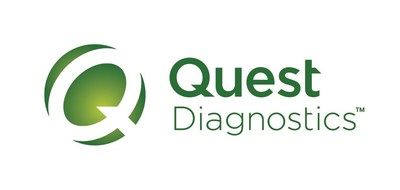Helping America’s Employers Empower Better Health with Blueprint for Wellness
Creating Value with Our Partners
Click here to read the 2014 Corporate Responsibility Report 'Health in Your Han…
We’re proud to be leading the way in customizing and personalizing health data in the workplace. Our award-winning and industry-leading Blueprint for Wellness health risk-assessment tool—offered annually to our own employees and commercially to other employers—has been enhanced to allow for greater customization and population health management by employers.
Depending on risk factors particular to their industry or employee demographics, employers can now choose specialized diagnostics tests they want to add to their company’s wellness screening panel such as Hemoglobin A1c to help with pre-diabetes and diabetes management, or InSure®FIT colorectal cancer screening. Also, companies can have their aggregate data sorted and analyzed by job family and geography (in addition to age, gender and location) to help them better understand trends and tailor their wellness programs to address problem areas. Employers can decide whether to have their employees go to one of our 2,200 conveniently located patient service centers or have Quest mobile examiners come directly to them.
Meanwhile, each employee receives a personalized picture of their health in an online “My Guide to Health” report that interprets their personal data to spell out risk factors, flag concerning results, give year-over-year changes and offer actionable steps to improve health in an easy-to-understand way. To illustrate the power of healthy lifestyle changes, the online report allows users to move an interactive dial to “see” the physical effects of improving or worsening their test levels as depicted by changes to an animated anatomy illustration.
Blueprint for Wellness is a dynamic program that changes and saves lives, and can save individuals and companies money. In a 2012 case study of Domino’s employees, Blueprint for Wellness participants had lower total medical costs than nonparticipants, with an overall two-year savings of $884 per participant.

